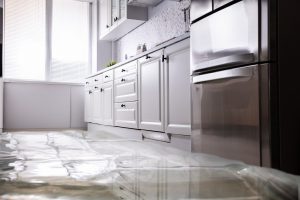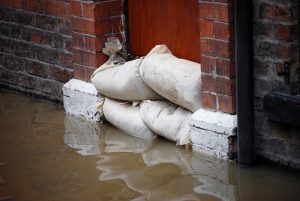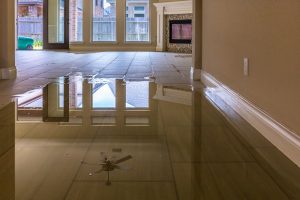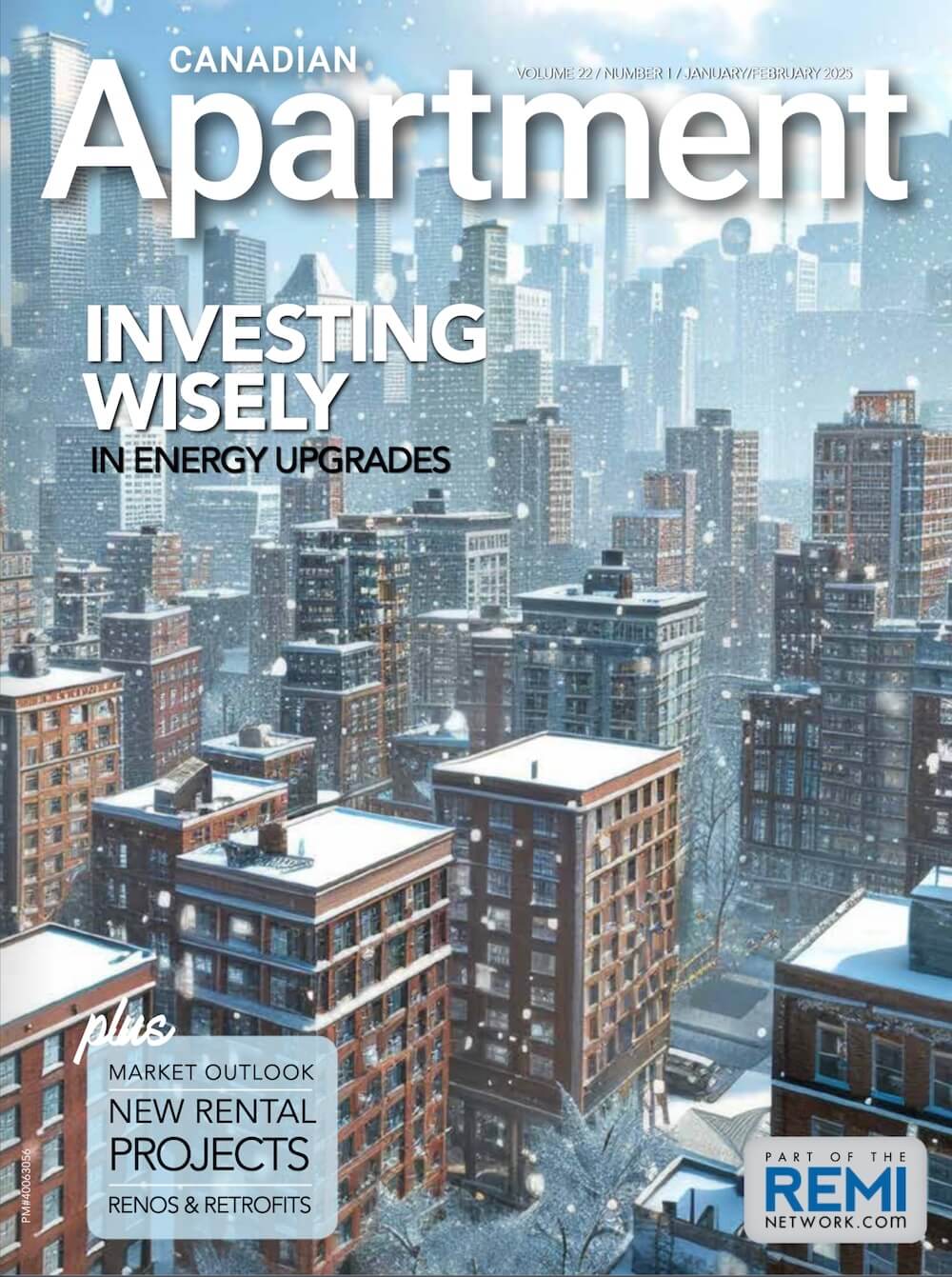With winter making its slow retreat, now is an ideal time to ensure buildings aren’t susceptible to a springtime of water issues.
“Ontario has seen a significant amount of snow over the winter; and with temperatures fluctuating, much of this snow has now thawed and frozen, resulting in ice build up on the roofs and around the base of our buildings,” says Craig Smith, Director of Commercial Business Development with First Onsite Property Restoration.
 True, the odd crack or clogged catch basin won’t seem like much at first glance. However, property operators who leave these building deficiencies off the radar for too long risk opening the doors to significant financial and safety risks down the road.
True, the odd crack or clogged catch basin won’t seem like much at first glance. However, property operators who leave these building deficiencies off the radar for too long risk opening the doors to significant financial and safety risks down the road.
In short, Smith adds, it pays to get ahead of issues before they turn into disasters.
Where water damage appears in a building, costly repairs and safety risks are soon to follow. And after decades of responding to floods, extreme weather events, and water-related emergencies across the country, Smith and the team with First Onsite have seen how small leaks and breaches turn into oceans of trouble for building owners and residents.
Granted, not all water damage is created equal. According to First Onsite, the three main hazard categories for water include:
- Clean water (Category 1): clear water that may come from overflowing sinks, broken water or steam lines, and rainwater which needs to be addressed 24-48 hours after detection to mitigate risks of contamination.
- Grey water (Cat 2): water that comes from more contaminated water sources and therefore poses slight to severe health risks.
- Black water (Cat 3), highly contaminated (and highly dangerous) water from exterior sources such as sewers, rivers, and other potentially hazardous sources.
 No matter the colour, it’s important to catch and mitigate water damage before the situation evolves. According to Smith, a good starting point is to have an inspector conduct a top-to-bottom assessment, explaining: “You want to start at the roof and inspect all the flashing and shingles for openings where water may get in, as well ensure waterproofing is intact. While up there, it’s important to remove large snowdrifts and any snow or ice build-up as this will reduce any stress on the roof structure.”
No matter the colour, it’s important to catch and mitigate water damage before the situation evolves. According to Smith, a good starting point is to have an inspector conduct a top-to-bottom assessment, explaining: “You want to start at the roof and inspect all the flashing and shingles for openings where water may get in, as well ensure waterproofing is intact. While up there, it’s important to remove large snowdrifts and any snow or ice build-up as this will reduce any stress on the roof structure.”
Most apartment/condominium buildings won’t have a sloped roof, he adds, but those that do pose additional risks of falling snow and ice. As such, it’s important that building occupants and visitors are alerted to these risks when walking below.
It’s also important to inspect for water damage at the base of the building. While there, inspectors should ensure that water is being directed to catch basins and that those basins are free from obstructions.
 “This is crucial in preventing costly water damage,” says Smith. “Also, you’ll want to keep an eye out for ice buildup where the foundation or base of the building meets ground level, as ice build-up here can lead to water entering and expanding in even the smallest cracks in the foundation, leading to potential water damage in the interior of the building.”
“This is crucial in preventing costly water damage,” says Smith. “Also, you’ll want to keep an eye out for ice buildup where the foundation or base of the building meets ground level, as ice build-up here can lead to water entering and expanding in even the smallest cracks in the foundation, leading to potential water damage in the interior of the building.”
Building on this, it’s also important to inspect the building’s foundation for any holes or cracks and to repair these wherever possible as ice and snow begin to melt.
Property operators have a lot on their plates at all seasons, meaning water damage prevention and mitigation isn’t always high on their list of things to do. As such, there is an advantage to working with a third-party water damage specialist who knows what to look for and who can step up in the event of a water emergency.
For its part, says Smith, First Onsite believes strongly in helping clients not only spot trouble before it occurs (e.g., mould development, leaks, etc.) and ensure issues are spotted and mitigated quickly and effectively.
“As with any potential water or weather damage issues, First Onsite is here to help, as a trusted partner in not only responding to costly repairs, but in helping our clients with preparation and prevention,” he adds.
 FIRST ONSITE is a leader in water damage prevention, disaster remediation, property restoration, and reconstruction services, helping North America restore, rebuild, and rise after catastrophic events of every kind. Learn more at www.firstonsite.ca.
FIRST ONSITE is a leader in water damage prevention, disaster remediation, property restoration, and reconstruction services, helping North America restore, rebuild, and rise after catastrophic events of every kind. Learn more at www.firstonsite.ca.






